Their love language is ‘safety first’ — take a sweet look at motherhood in the animal kingdom
The animal kingdom is diverse in countless ways, one of them being motherhood. While there are animals like spiders, hamsters, beetles, etc who actually kill and eat their children, there are moms on the other side of the spectrum who go to great lengths to keep their children safe!
ln where survival is the biggest challenge right from the day one is born, these animal moms do a wonderful job of raising their babies.
On this Mother's Day, let's explore some of the ways how.
1. Using their bodies
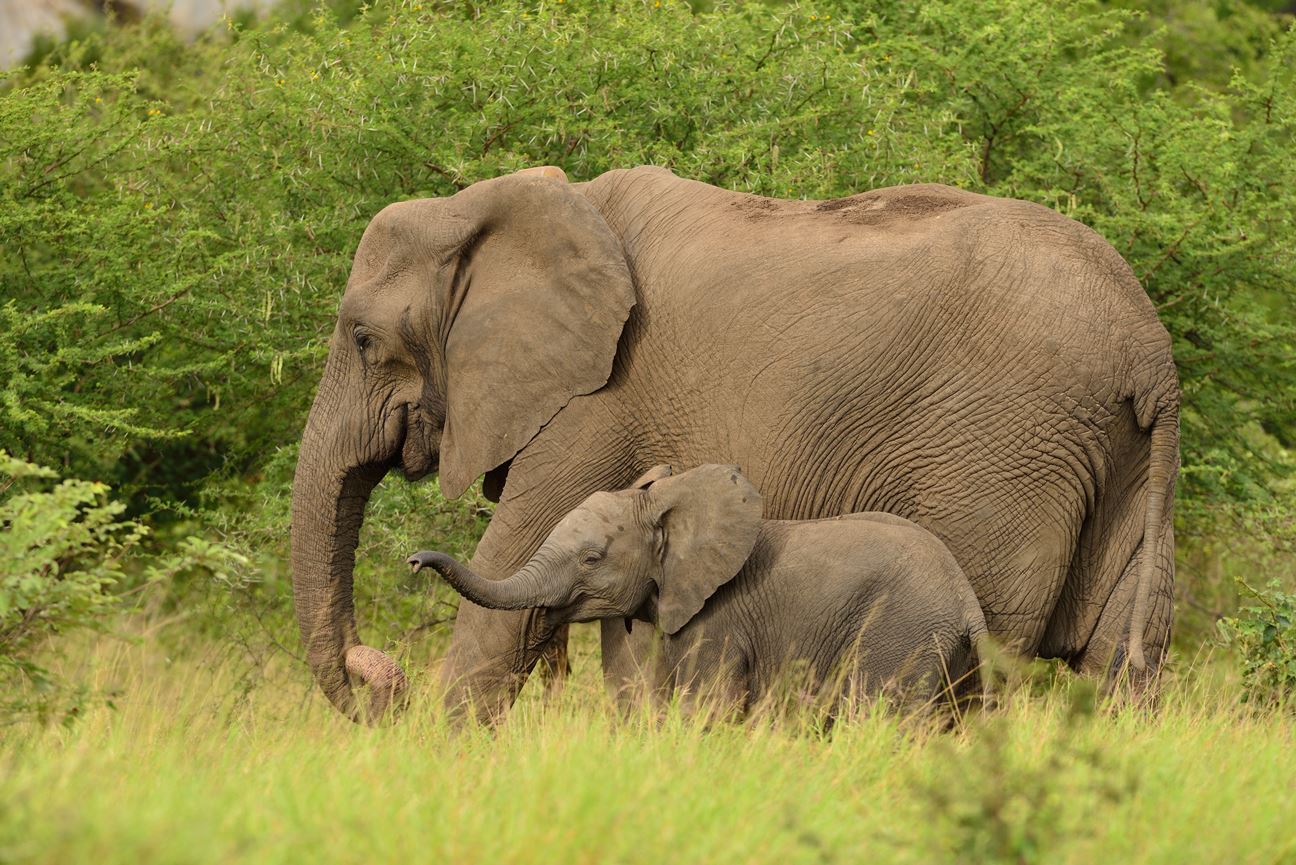
The body that births, protects.
One of the most obvious ways that animal moms protect their young is by physically shielding them from harm. This can take many forms, such as huddling together to stay warm in cold weather or forming a circle around their young to keep them safe from predators.
For instance, elephants often form a circle around their young to keep them safe from predators like lions and hyenas.
Kangaroos carry their vulnerable offspring in their pouches for several months, maintaining uninterrupted skin-to-skin contact.
Panda moms constantly cradle their little ones and keep them close, as the cubs are born extremely fragile, weighing just three to five ounces.
2. Camouflage
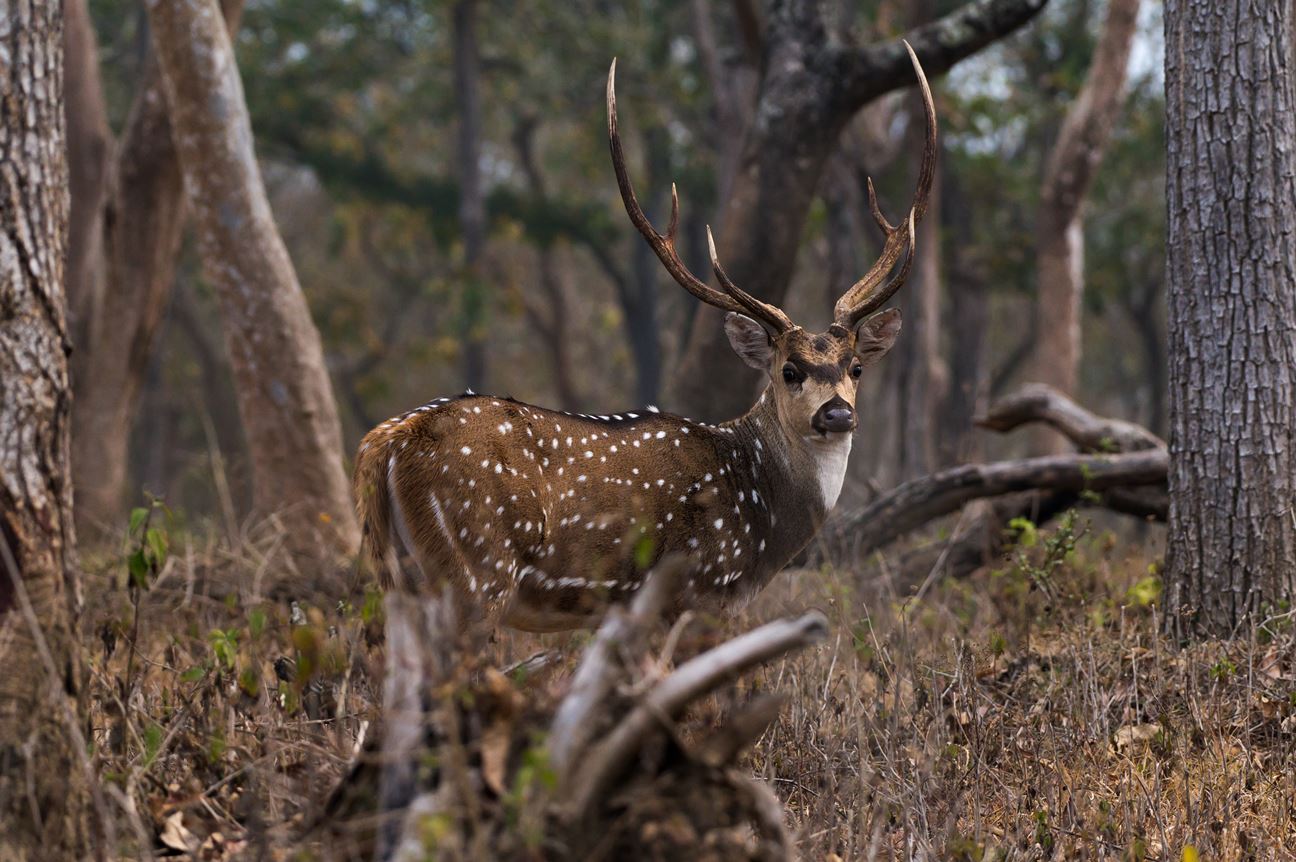
Another way that animal moms protect their young is by using camouflage. Many animals, such as deer and rabbits, have fur that blends in with their environment. This helps to keep them hidden from predators that might be lurking nearby.
In addition to camouflage, some animals, such as birds, will build their nests in locations that are difficult for predators to access. For example, cliff-nesting birds like eagles and ospreys build their nests on high cliffs, making it difficult for predators to reach their young.
3. Teaching them life skills
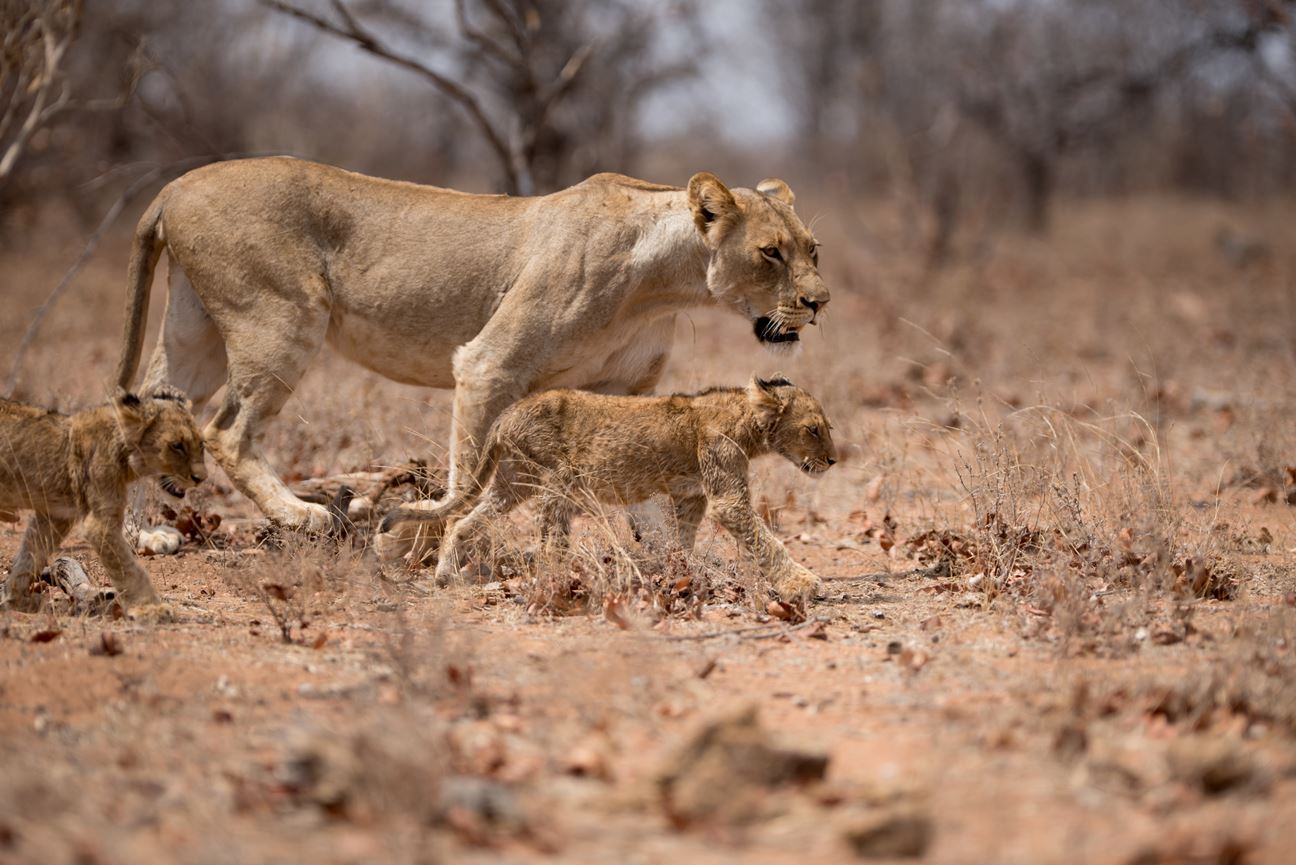
Animal moms also protect their young by teaching and training them to survive in the wild. This can include showing them how to find food and water, how to avoid predators, and how to navigate their environment.
For example, lionesses teach their cubs how to hunt by allowing them to play with their prey. This helps the cubs to develop their hunting skills while also teaching them the importance of working together as a team.
4. Scent Marking
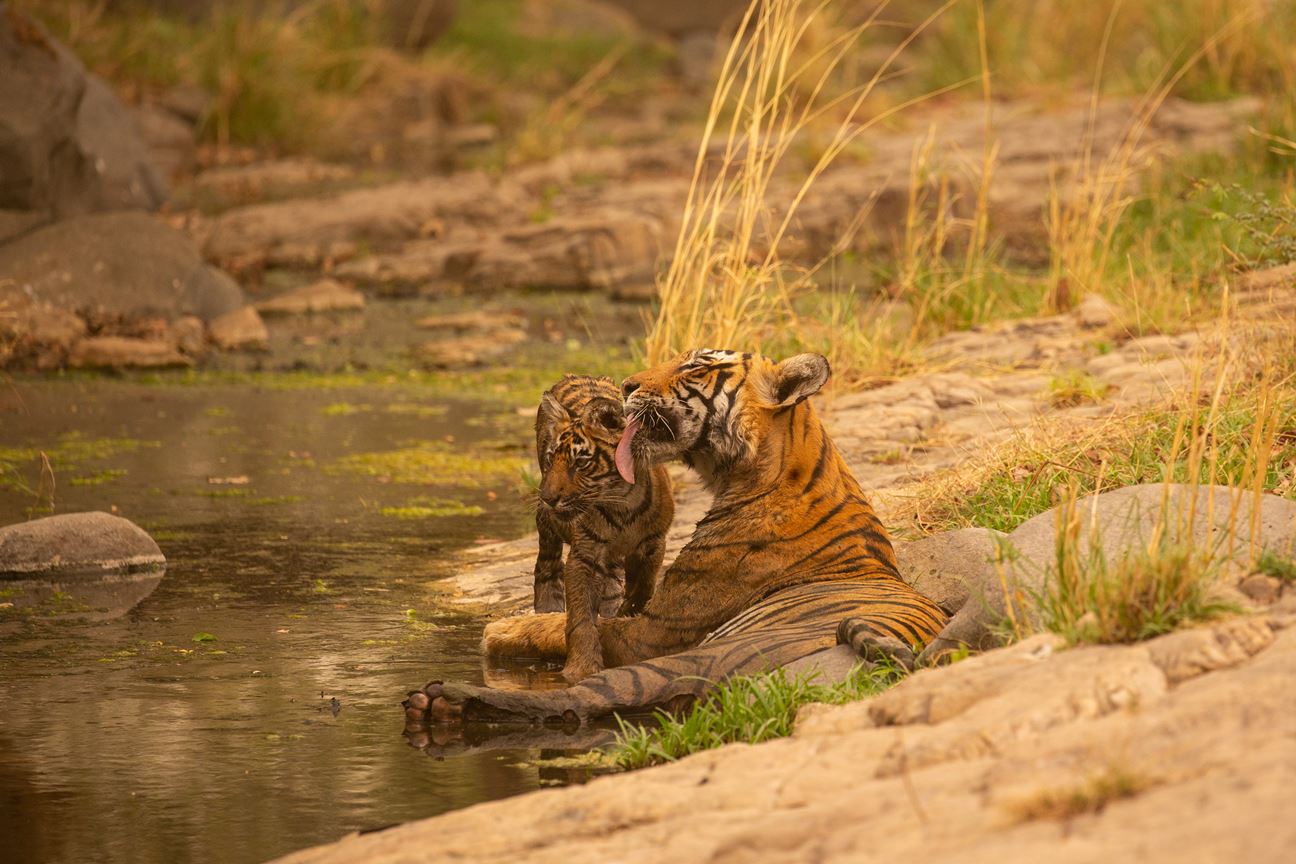
Many animals, including big cats like lions and tigers, use scent marking to protect their young. By marking their territory with their scent, they can warn other animals to stay away and avoid potential conflicts.
For example, a female tiger will often mark her territory with urine, which lets other tigers know that she has cubs and that they should stay away.
5. Going on the move
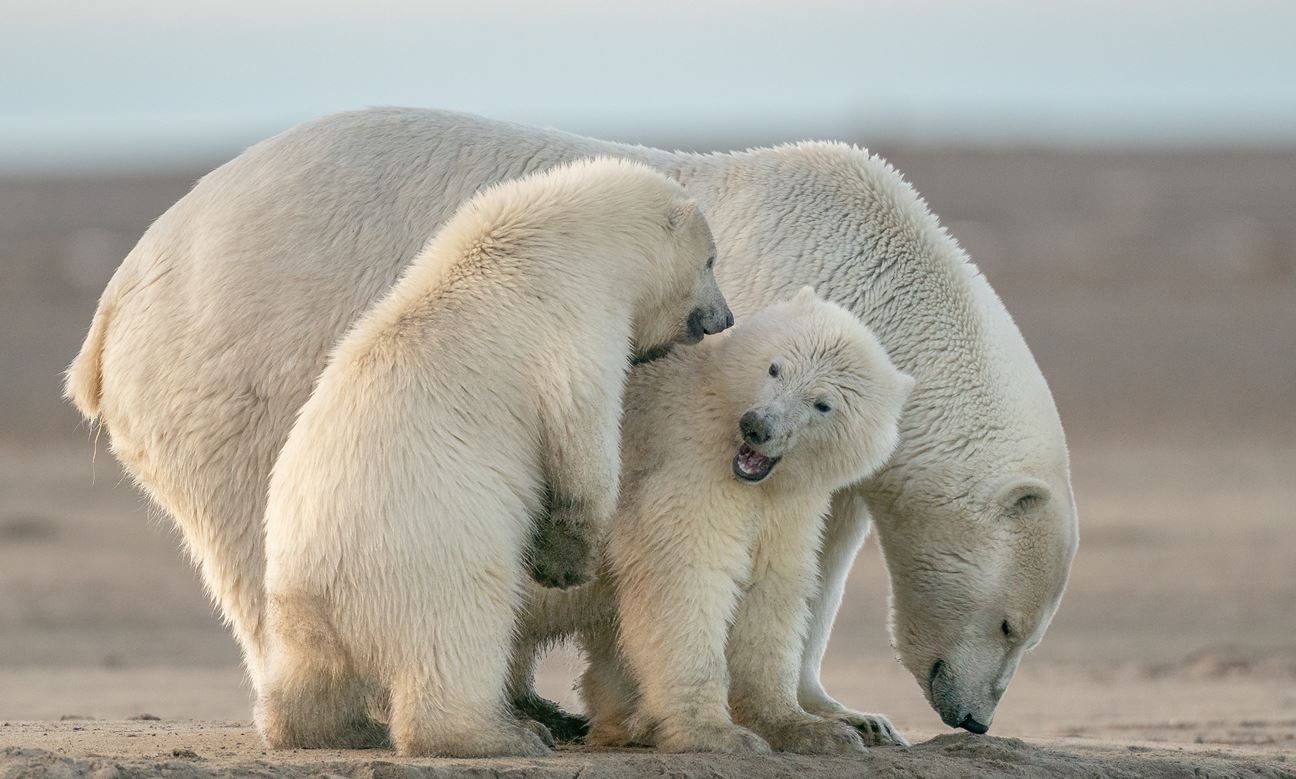
Some mothers start to look out for their children even before they arrive. They will migrate or move for an ideal environment for their children.
For instance, the arctic tern and fish like salmon often migrate to find the best breeding grounds for their young ones with fewer predators, cleaner environments, and more food sources. Polar bear moms will dig snow dens to protect their cubs from harsh Arctic winds and cold temperatures.
It’s undeniable that these women go above and beyond for their kids, proving that mothers are really one of nature’s most giving and loving creations. But we know that this unconditional love and care is not just bound to the animal kingdom — the human world of people is surrounded by just moms who are just as, and more, amazing!
So, to all the mothers reading this — You are strong. You are wonderful. Thank you for always being there.
Happy Mother’s Day!